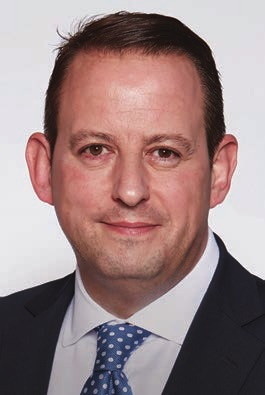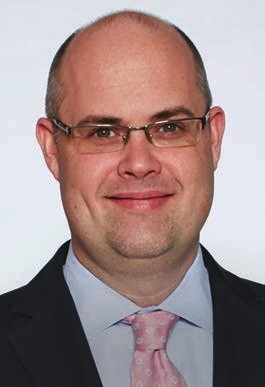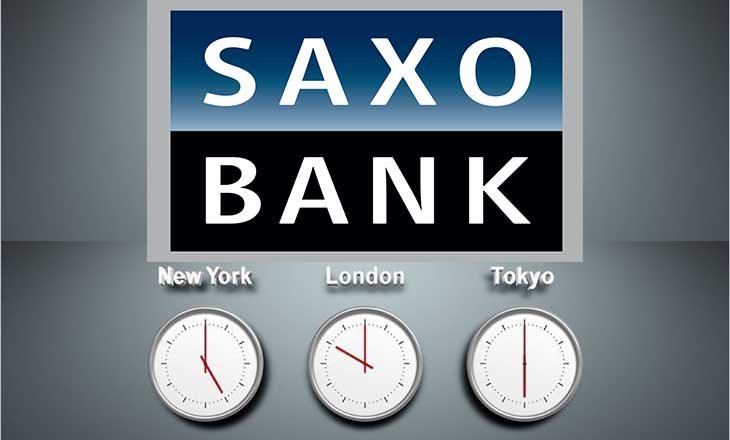Copenhagen-based Multi Asset broker Saxo Bank has just announced that it is boosting its FX Prime Brokerage solution with the addition of a cross-collateralisation facility between PrimeXM sites in New York, London and Tokyo where it provides FX direct market access. The facility will enable Saxo’s Prime clients with global liquidity needs to further optimise their collateral by synchronising balances and exposures across the three primary global FX locations.
The cross-collateralisation facility will help Saxo’s clients avoid over allocation of capital by giving them the ability to use a single pool of collateral across the three major global FX sites, while maintaining a pre trade credit check per site.
Saxo has already introduced pre-trade risk controls in FX DMA in 2014 to address the risk of over-allocation of credit and was among the first prime brokers to introduce this facility via Market Factory, PrimeXM and Fluent Trade Technologies.
Commenting on the launch, Peter Plester Head of FX Prime Brokerage, said:

Peter Plester
We have seen exceptional demand for our service and fantastic momentum since the introduction of pre-trade credit risk controls. As a result, our client base has been growing both in numbers but also size and complexity, which plays to our strength of both being able to innovate through technology as well as our global reach. Our ambition remains to continue to lead in the FX prime brokerage space where we have over 20 years’ experience in creating liquidity for a leveraged FX client base.

Lucian Lauerman
By adding the cross-collateralisation facility, our clients will benefit from access to local liquidity per site, without having to divide up the collateral allocated per site. The combined solution gives them real collateral efficiency as well as extremely efficient pre-trade risk controls,” added Lucian Lauerman, Head of API Business.
The launch of cross-collateralisation facility comes at a time of significant momentum in Saxo’s FX prime brokerage business, as the bank’s September 2016 Prime volume was up 112% compared to September 2015, and up 353% since September 2014.
